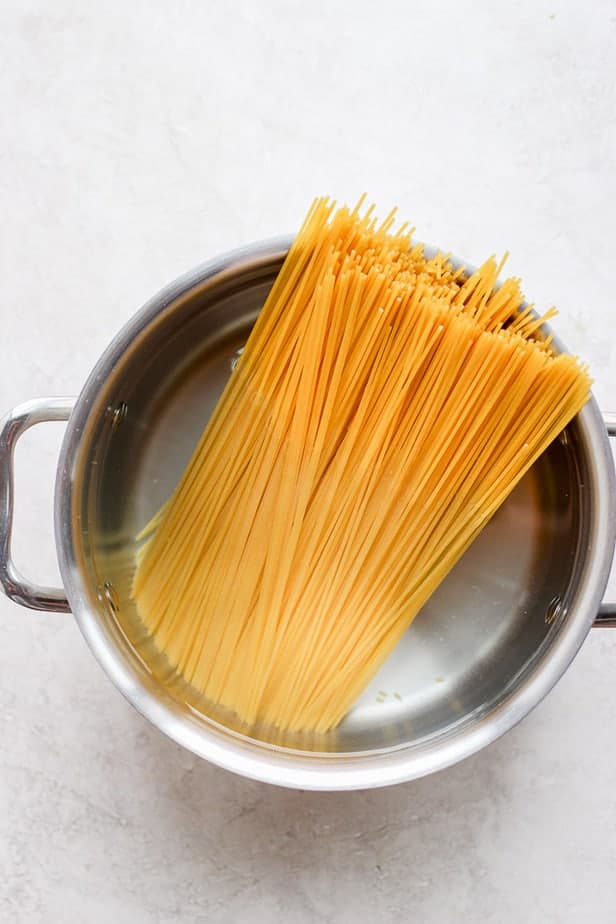Cooking pasta for salads
As before, put six quarts of water in the pot, bring it to a boil, add the salt, and then add the dry pasta. For pasta salad, cook according to packaged directions.
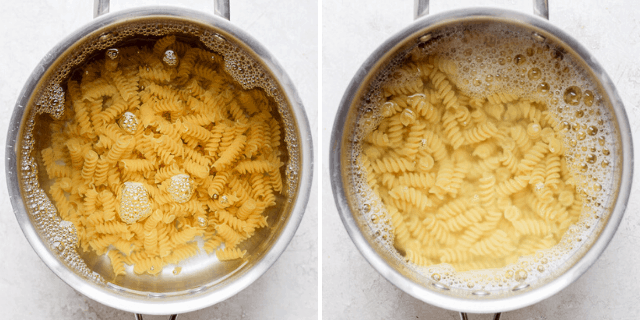
Next, strain and cool briefly, but do not rinse. Toss in olive oil immediately when it’s still warm.
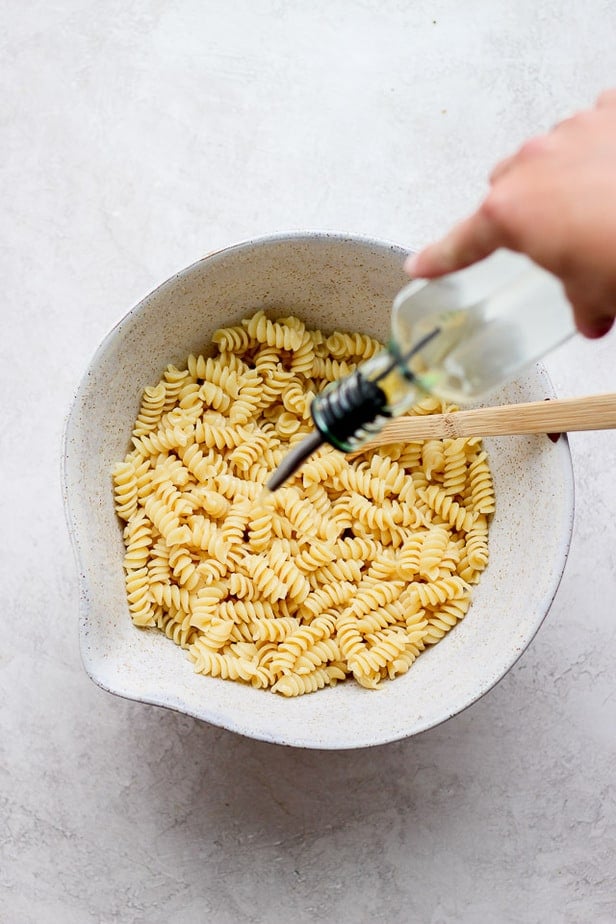
Finally, cool to room temp and refrigerate covered.
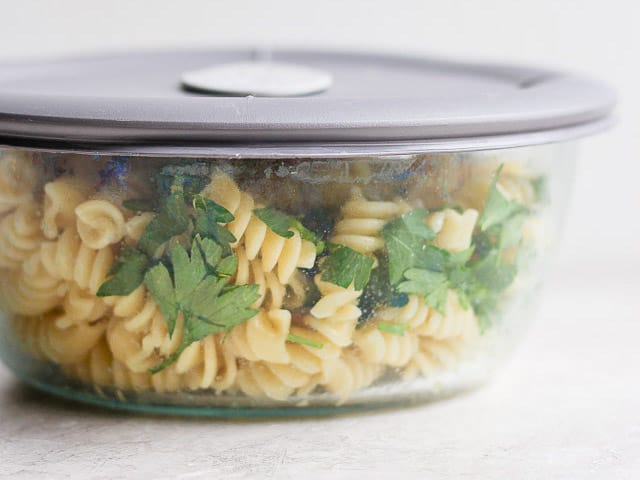
Yes, in theory, but you have to use a large microwaveable container and it takes about two to three minutes longer than on the stovetop. Save as a backup plan in case you run out of stovetop.
Cooked pasta can be kept in the refrigerator for up to five days if it is kept in a tightly covered container.
Frozen plain pasta can be mushy when thawed and reheated. For sauced foods, such as baked pasta recipes like lasagna, freezing is the best option.
While some foods, like pasta, can be stored past their expiration date, their flavor may become very bland. Pastas with egg noodles, such as tagliatelle and papparadelle, can, however, go rancid. Use the sniff test.
If you read the back of 1 lb. a box of spaghetti, it probably states that there are eight servings, each containing two ounces. But in practical terms, it’s best to budget three to four ounces for each adult.
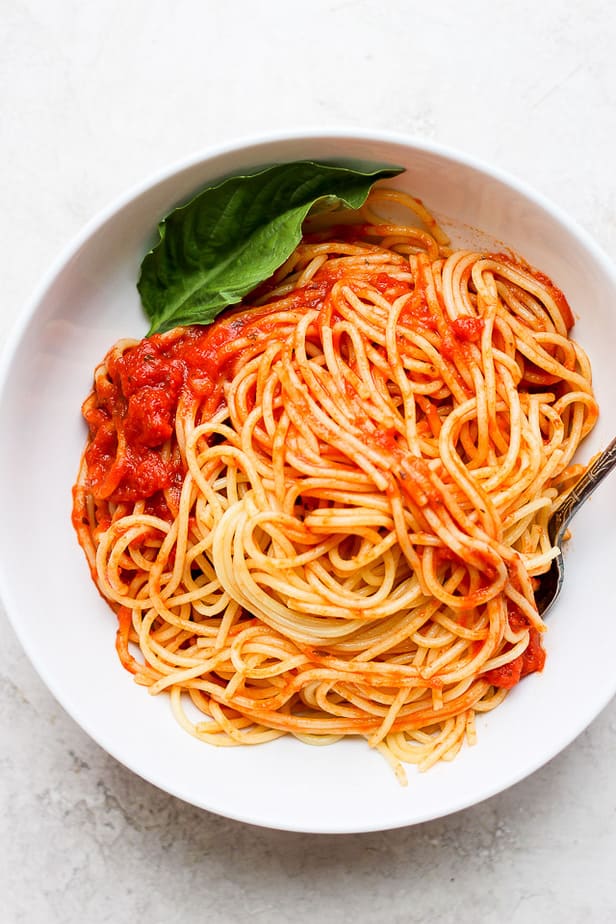
Pasta is the staple of many kitchen recipes, ranging from quick and simple pantry meals like spaghetti and marinara to elaborate special occasion dishes like lasagna. It’s a comforting dish that’s always warm and comforting!
How to cook pasta
Pasta should be cooked until it is “al dente,” which is an Italian term meaning that it should be neither too soft nor too hard. The result of your cooking should be firm-to-bite pasta.
To cook al dente pasta, follow the steps:
- Depending on how much pasta you are making, fill a pot—small, large, or even a Dutch oven—with lots of water. To cook long pasta, like spaghetti, you should ideally use a deep pot. One useful ratio to keep in mind is: for every 100g of dried pasta, add 1L of water.
- After bringing the water to a boil, add the salt. It will take longer for the water to boil if you add salt before it does. One tablespoon of salt can be added to four cups of water. Don’t be scared to use a lot of salt because the pasta will absorb the flavor rather than the sodium.
- Add the pasta once the water reaches a full boil. To prevent the pasta from sticking, stir it after two minutes.
- Check to see if the pasta is al dente about 4 minutes before the pasta cook time.
- Remove the pasta from the heat source and place it in a colander to drain. Since the starch helps the sauce stick to the pasta, don’t rinse it. When utilizing pasta in a chilled recipe, such as a chilled pasta salad, make sure to rinse it first since this will halt the cooking process.
For more cooking resources:
I would love to hear about your experience using this technique if you have found this cooking resource for How to Cook Pasta helpful or if you have tried any recipe on FeelGoodFoodie. Please rate the recipe and leave a comment below. Additionally, if you took any pictures of it, tag me on Instagram so I can reshare them on my stories!

You can now get The Feel Good Foodie Cookbook anywhere books are sold!
